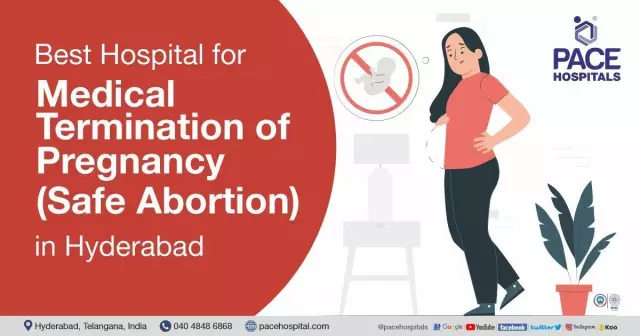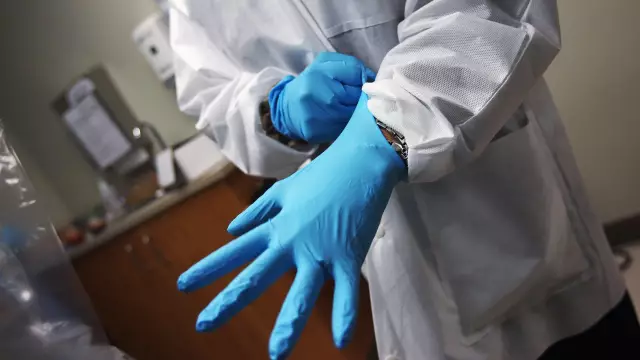- Author Rachel Wainwright [email protected].
- Public 2023-12-15 07:39.
- Last modified 2025-11-02 20:14.
After a mini abortion
Mini abortion has been used in medicine since the 60s of the last century.

This made it possible to shorten the procedure time, avoid uterine perforation and other serious conditions. However, it is not as harmless as it might seem at first glance. The consequences of a mini abortion can also be serious complications.
The female body after a mini abortion
The technique of carrying out a mini abortion is vacuum aspiration: using a special suction and tips, the ovum is separated from the walls of the uterus. This method of termination of pregnancy is possible only at the earliest possible date: it is desirable that it does not exceed four to five weeks. It is believed that the maximum period when a mini abortion can be performed is 20 days after a delay in menstruation. To do this, already on the 2-3rd day after the delay, a woman must undergo a pregnancy test.
The shorter the gestation period, the less hormonal changes in the female body and the size of specific blood vessels. After a mini abortion, in this case, a shorter recovery period is required.
In the fourth to fifth week, the attachment of the ovum to the uterine wall is still quite vulnerable, and its removal does not require significant mechanical efforts, therefore, after vacuum aspiration, the risk of bleeding is low.
After a mini abortion, there are much less negative consequences for a woman's fertility than after a full-fledged artificial termination of pregnancy. The cervix is not injured, which means that during subsequent pregnancies, the risk of cervical insufficiency, which is the cause of miscarriage, decreases.
A mini abortion does not require general anesthesia, which is always accompanied by serious risks, but is performed under local anesthesia. Within 30 minutes after vacuum aspiration, a woman needs rest, and after 1.5 hours she can return to her usual way of life.
Discharge after a mini abortion
Complaints about discharge after a mini abortion often occur on the 2-3rd day. Women are perplexed about the menstruation that started so early after a mini abortion. In fact, such discharge is not menstrual bleeding, but develops as a result of hormonal changes in the body. On these days, a woman will need special peace, and if the temperature rises, it is necessary to immediately consult a doctor.
3-4 days after a mini abortion, the risk of complications increases. During this period, the woman should be provided with the most comfortable conditions. For 3 weeks after vacuum aspiration, it is necessary to refrain from sexual intercourse and alcohol consumption. It is also important to monitor the regular functioning of your own excretory system.
Consequences of a mini abortion
In about 1% of cases, after vacuum aspiration, the fetus in the uterus continues its further development.

For this very reason, two weeks after a mini abortion, an additional examination by a gynecologist is necessary in the absence of any symptoms. If, after vacuum aspiration, the sensations characteristic of pregnant women (engorgement of the mammary glands, nausea, vomiting, fever or development of bleeding, etc.) persist, then the visit to the doctor should take place earlier: sometimes it is possible to preserve the remnants of fetal tissue in the uterus.
Often, during a mini abortion, at the request of a woman, a uterine spiral can be installed for her to prevent unwanted pregnancy in the near future, as well as to normalize the general hormonal background. Instead, for the same purpose, a woman can be prescribed oral contraceptives, which are started 3-4 days after a mini abortion.
Contraindications for a mini abortion are any infectious and inflammatory diseases (even acute respiratory infections).
Found a mistake in the text? Select it and press Ctrl + Enter.






